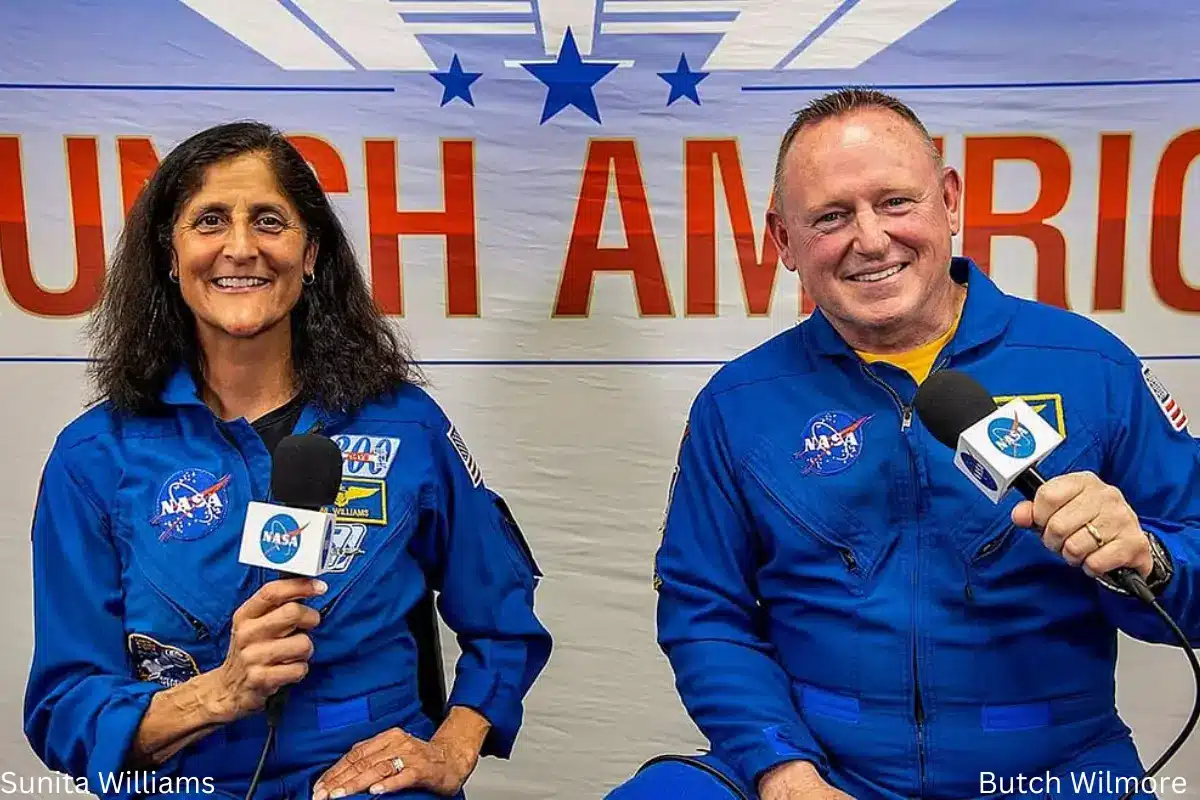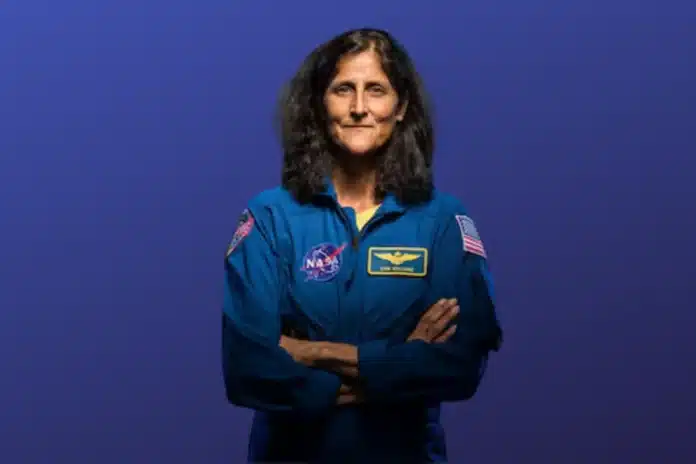On Wednesday, Williams and Wilmore embarked on a groundbreaking journey to the International Space Station (ISS) aboard Boeing’s Starliner spacecraft, marking Williams’ third time in space. The 25-hour flight was a historic moment in space exploration.

Credit : PTI
Houston: During their journey to the International Space Station on board Boeing’s Starliner spacecraft, astronaut Sunita Williams, who is of Indian origin, and her colleague Butch Wilmore had the opportunity to test a distinctive feature of the spacecraft while in orbit – manual piloting.
Williams made his third journey to space on Wednesday, accompanied by Wilmore. This historic event marked the first time that members of a crew boarded Boeing’s Starliner spacecraft for a 25-hour Flight to the International Space Station (ISS).
Williams, 58, is the pilot for the flight test while Wilmore, 61, is the commander of the mission.
While the spacecraft typically operates independently, the crew utilized the manual controller to direct and orient the spacecraft throughout approximately two hours of free-flight demonstrations.
In a demonstration conducted at a far distance, the Starliner spacecraft was maneuvered to align its nose with the Earth. This positioning allowed the communications antenna located on the back of the Service Module to face the Tracking and Data Relay satellites. Subsequently, the Starliner’s orientation was adjusted so that its solar array was directed towards the sun. This showcased the spacecraft’s capability to recharge its internal batteries if necessary, as stated by Boeing in a press release.
Afterward, Starliner was maneuvered into a different position, with the front end facing away from Earth, in order to observe the celestial bodies. This demonstration aimed to highlight the crew’s ability to manually utilize the star trackers in the VESTA system for determining their orientation in space. It served as a contingency plan in case all three flight computers were to malfunction simultaneously or be intentionally deactivated.
Afterward, they manually accelerated the Starliner and subsequently decelerated it, resulting in a slight increase and subsequent decrease in their orbit. This demonstration aimed to prove that the crew had the ability to manually deviate from the space station’s orbit during rendezvous, if the need arose.
In the end, the team manually directed Starliner towards the required position for reentry into Earth’s atmosphere, just in case they had to perform that task manually. During this maneuver, they once again aimed the solar array towards the sun to test an alternative approach of verifying their ability to manually recharge the batteries.
More manual piloting awaits the “pilot’s spacecraft” with Wilmore and Williams on the day of docking, which is scheduled for June 6th.
Boeing, under a contract from NASA, has created the Starliner spacecraft known as Calypso. However, this project has encountered numerous setbacks and technical issues during its development.
Just before takeoff, Commander Wilmore expressed his gratitude to everyone who had contributed to the success of the mission. Acknowledging the challenges they had faced, he stated, “When things get difficult – and they often do – it is the strong who persevere, and you have done just that.” Suni Williams, the pilot of the Starliner spacecraft, added her support, saying, “Go ‘Calypso’! Take us into space and bring us back safely.” This mission holds significant importance for Boeing, the manufacturer, as they have faced scrutiny following a series of safety incidents involving their airplanes.
Starliner, too, has faced a multitude of technical challenges that have caused a nearly ten-year delay in its scheduled introduction with a crew onboard.
During the capsule’s inaugural uncrewed test flight in 2019, it encountered a significant issue caused by software errors. These errors compelled the vehicle to abort its mission to the International Space Station (ISS). In order to ensure that the errors had been rectified, NASA decided to conduct a second trial run in 2022.
The creation of Starliner was a direct response to NASA’s call for commercial alternatives to transport its astronauts to space.
After the renowned shuttles were retired in 2011, the agency aimed to transition from being responsible for the ownership and operation of vehicles to a model where they could procure the service instead. This is similar to how a company might choose to outsource its IT requirements or payroll functions.
NASA devised a fresh strategy aimed at reducing costs, enabling the organization to allocate the saved funds towards its ambitious endeavors of returning People back to the Moon.
The agency awarded contracts to Boeing and SpaceX to assist in the deployment of their capsules and compensate them for six operational missions. While SpaceX successfully conducted its crew flight test in 2020 and subsequently accomplished six operational missions by March of this year, Boeing is currently in the initial stage of conducting its crew flight test.


